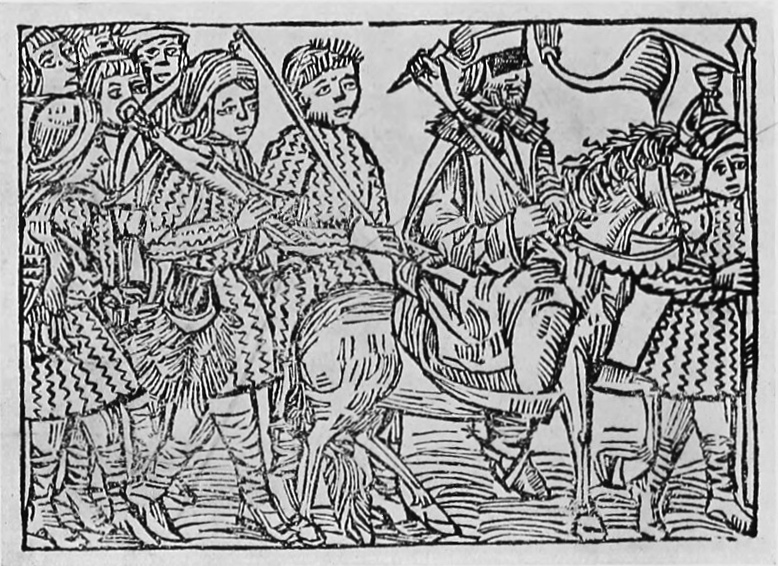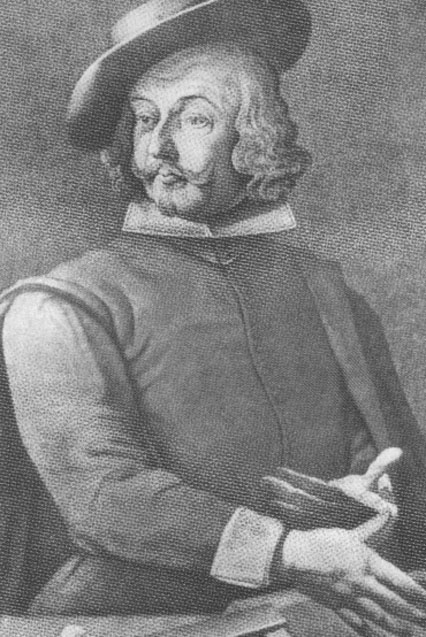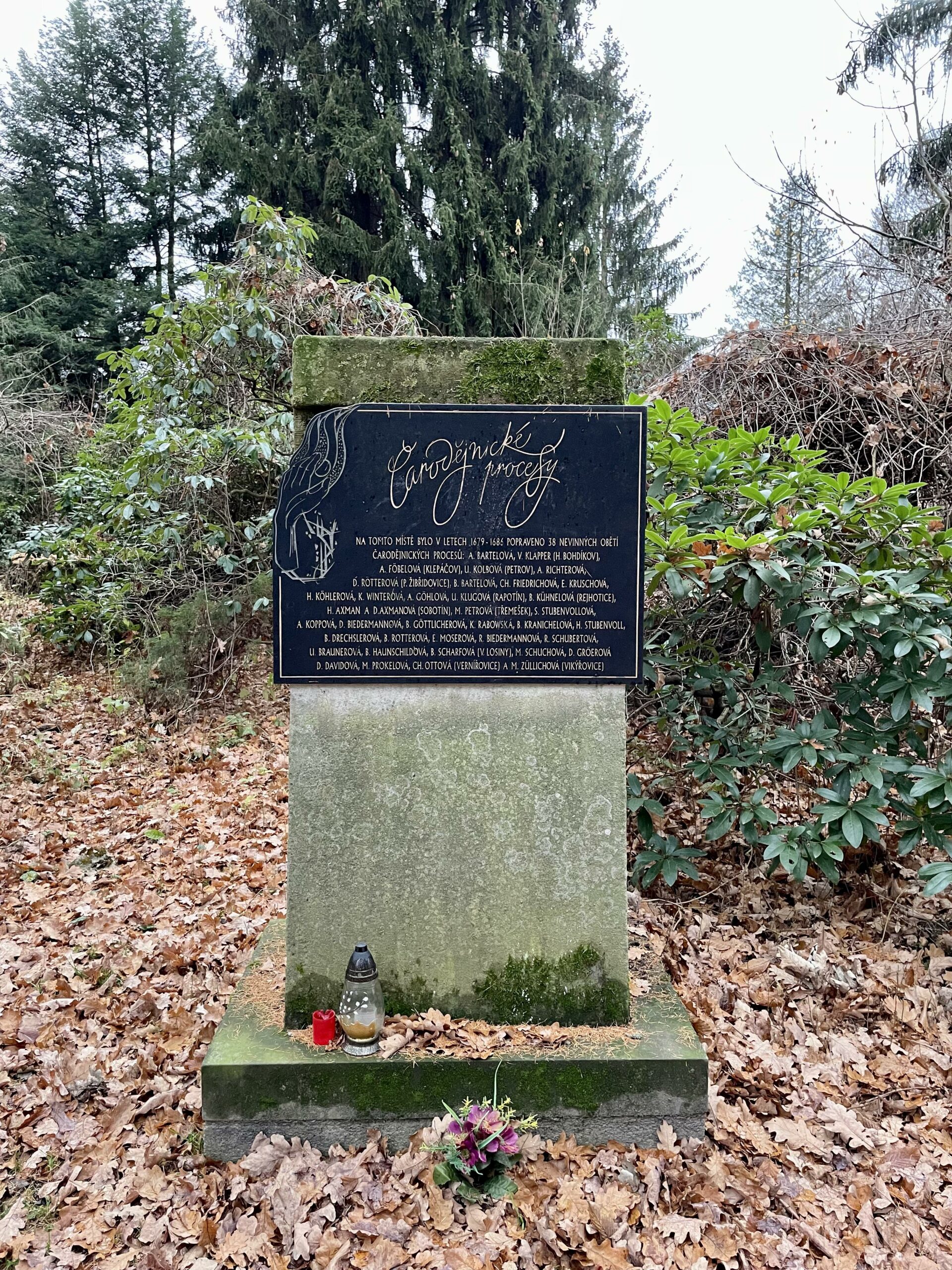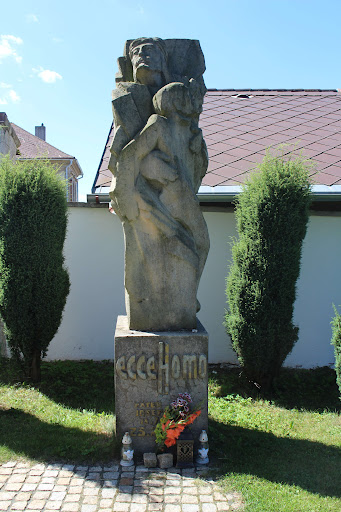
Religion and violence – Mikulov
Czech figure of the „Religious tolerance and intolerance” topic
From time to time, Czechs are said to be the most atheist nation in Europe. Although a very small percentage of the population identifies with traditional churches compared to neighbouring countries, religious disputes from the past—whether involving the Hussite legacy, the restoration of the Marian Column in Prague’s Old Town Square, or the compensation to churches for property confiscated during the communist era—still resonate strongly in public discourse nowadays. Just as we may identify several key points in history when different religious and ideological groups managed to coexist peacefully, we may also find numerous instances of extreme conflict, escalating into religious wars and violent acts.
The very conversion of the pagan population to Christianity was assuredly violent, though we do not have as many specific sources about it as in Poland, for instance. Even deeper incised in collective memory is the expulsion of the disciples of Cyril and Methodius from Great Moravia, which was linked to the determination of spheres of influence between the Western papacy and the Byzantine Empire. Violence in internal ecclesiastical power struggles, such as those accompanying the establishment of the Diocese of Olomouc, or the persecution of heretics, was part of the medieval Church’s reality.
The period of the Hussite wars, particularly in the 1420s and 1430s, brought numerous excesses – not from the point of Catholics – and decades of civil war. Even periods of relative religious tolerance, such as the Jagiellonian era, witnessed acts of religiously motivated violence, such as the Second Defenestration of Prague and the violent coup on the town halls of Prague carried out by the Utraquists.
Another major escalation of conflict was brought about by the onset of the Reformation and particularly the process of confessionalization, which, while contributing to the internalization of personal faith and the theological determination of various doctrines, also led to radicalization and a willingness to bring confessional disputes to their extremes. The Protestant nobility’s uprising against the Catholic Habsburg monarch in 1618, and the subsequent defeat at the Battle of White Mountain, was preceded by decades of increasing tension. This was followed by an uncompromising re-Catholicization, during which the Czech lands lost their religious diversity.
Particularly in the early phase of the Thirty Years’ War, military force assisted conversions, and the expulsion of certain religious groups, chiefly the Anabaptists, was accompanied by violence. Another tragic phenomenon of the early modern Church was the persecution of witches.
Religious conflicts did not disappear in the 19th and 20th centuries either. After the collapse of the monarchy, the Catholic Church was discredited in the eyes of the new republic due to its strong alliance with the throne and altar, leading to the formation of a new „nationally conceived” Czechoslovak Church. The new Czechoslovak state was distinctly anti-Catholic, though it respected freedom of religion and reached a diplomatic agreement with the Vatican, known as the Modus Vivendi. However, the insufficient separation of church and state was exploited by the communist regime, which, to a certain extent, succeeded in paralyzing and controlling the hierarchical structures of the Catholic Church. Forty years of communism represented a substantial suppression of the Church and Christian believers, with all the possible consequences.
Facts





